drag badge here
Game Ninja
gamer level 6
12333 xp
12333 xp
followers
15
15
Use my invite URL to register (this will give me kudos)
https://boardgaming.com/register/?invited_by=amymholland
profile badges




recent achievements

Strategist
Submit 5 game strategies (a type of game tip) and get 20 positive ratings.
Submit 5 game strategies (a type of game tip) and get 20 positive ratings.

Treasure Chest
Explore select games by completing a series of exploration actions. learn more »
Explore select games by completing a series of exploration actions. learn more »

Baron / Baroness
Gain 10 total followers
Gain 10 total followers

Watcher
Follow a total of 20 other gamers.
Follow a total of 20 other gamers.
Player Stats
Critic (lvl 2)
515 xp
515 xp
Explorer (lvl 4)
2273 xp
2273 xp
Professor (lvl 2)
478 xp
478 xp
Reporter (lvl 2)
461 xp
461 xp
About Me
I only discovered my love of board games when I started watching Tabletop. Before that I was only a casual gamer. Now our game collection has sprouted to over 100 games! I have become a regular at my FLGS and love learning to play a new game.







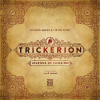


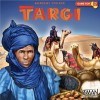
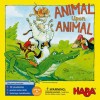

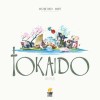





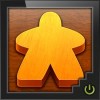

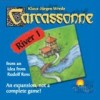


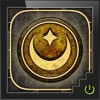




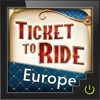
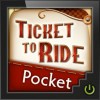
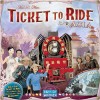
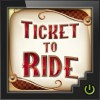







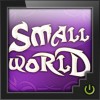


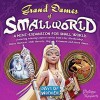
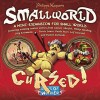

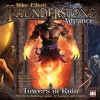






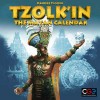




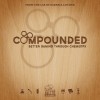










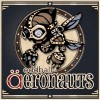

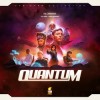

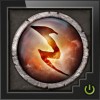















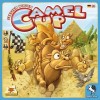



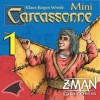
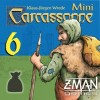





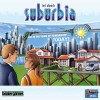








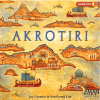






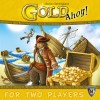





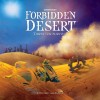










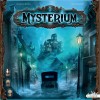

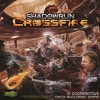




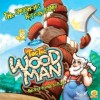


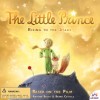
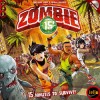
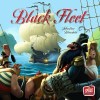











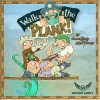
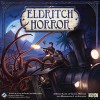



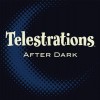

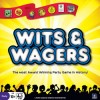













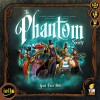


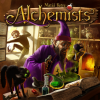

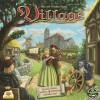















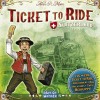



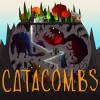





Betrayal at House on the Hill
Betrayal at House on the Hill is a great addition to our game collection. After seeing it played on Tabletop we searched high and low for a copy only to be disappointed by the fact that it was out of print. The day I randomly found it at our FLGS was an exciting day!
What’s in the box?
The game components are super simple. A bunch of room tiles (either basement, ground floor or upper floor), some dice, a miniature for each character, three decks of cards and a pile of tokens for certain scenarios. Then there is the super important haunt book! I’ve heard lots of stories about the room tiles warping with time but we haven’t noticed that yet and I think the publisher will replace them if they do. My least favourite components are the little clips used to track your characters stats. They slip all over the place and a slight knock can send them flying. We have replaced ours with coloured paper clips.
How’s it play?
Betrayal is essentially a semi-cooperative dungeon crawler. Players work together to explore a creepy house until the haunt occurs. As rooms are explored players might find items, have events occur and discover omens, while rolling dice to accomplish tasks. Every time an omen is found the player roles a bunch of dice and if the number of omens is greater than the pips on the dice then the HAUNT happens! This means someone is revealed as the traitor and they work to sabotage the other players. The other players work to accomplish a secret goal and escape from the house.
Overall Impression
Betrayal quickly became one of my favourite games. I love playing it with our friends that enjoy getting into the setting and playing up their characters. The variability in order of room discovery and the number of haunts available really adds to its replayability, which is super important to us. Another plus is that the mechanic of flipping tiles and rolling dice is super easy to teach to new players. Also, once the haunt is revealed most new players have gotten the idea of the game and are able to work through being the traitor if that turns out to be the case. Overall, I love suggesting this game to friends and it definitely will not be leaving our rotation anytime soon. 🙂 Happy Gaming!!